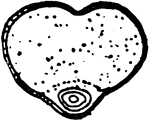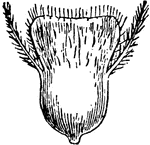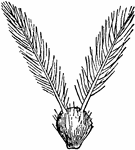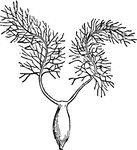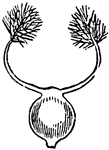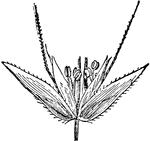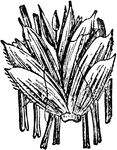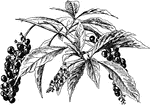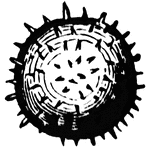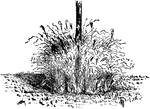The Grasses and Grains ClipArt gallery offers 423 illustrations of various types of grasses and grains, many of which are grown agriculturally for consumer use.
All illustrations in the ClipArt ETC collection are line drawings. If you are looking for color photographs of grasses, please visit the ClipPix ETC website.
Oats
A genus of grasses including about sixty species, valuable alike for the production of hay and for their…

Orchard Grass
Orchard grass is the common name of dactylis glomerata. It is a coarse grass that grows two to three…

Creeping Panic Grass
"Creeping panic grass (Panicum repens): a, b, c, spikelets; d, e, f, florets." Department of Agriculture,…
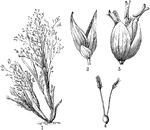
Panicum Capillare
Pictured are the habit, spikelet, spikelet with outer palea removed, and ovary with long style and plumose…
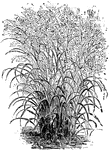
Panicum Virgatum
Panicum virgatum is a variety of panick-grass. The grass grows three to five feet tall.
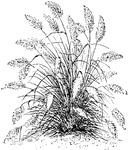
Pennisetum Longistylum
The flower clusters of pennisetum longistylum grow in spikes from four to six inches long. The leaves…
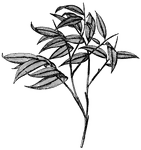
Phyllostachys Ruscifolia
Phyllostachys ruscifolia is a variety of bamboo. It grows one to three feet tall. The stem zigzags in…

Corn Plant
Corn plants with the surface of the soil "laying by" in accordance to the Williamson Plan.

Indian Corn
Maize known as corn by most English-speakers, is a cereal grain domesticated in Mesoamerica and subsequently…
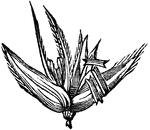
Indian Corn
Maize known as corn by most English-speakers, is a cereal grain domesticated in Mesoamerica and subsequently…

Indian Corn
Maize known as corn by most English-speakers, is a cereal grain domesticated in Mesoamerica and subsequently…

Indian Corn
Maize known as corn by most English-speakers, is a cereal grain domesticated in Mesoamerica and subsequently…

Lucerne or Alfalfa Plant
Alfalfa or Lucerne (Medicago sativa) is a flowering plant in the pea family Fabaceae cultivated as an…

Lucerne or Alfalfa Plant
Alfalfa or Lucerne (Medicago sativa) is a flowering plant in the pea family Fabaceae cultivated as an…
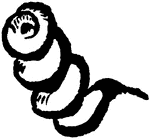
Lucerne or Alfalfa Plant
Alfalfa or Lucerne (Medicago sativa) is a flowering plant in the pea family Fabaceae cultivated as an…

Red Clover
Red Clover (Trifolium pratense) is a species of clover. The Red Clover can readily be distinguished…
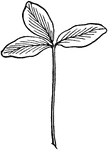
Red Clover
Red Clover (Trifolium pratense) is a species of clover. The Red Clover can readily be distinguished,…

Red Clover
Red Clover (Trifolium pratense) is a species of clover. The Red Clover can readily be distinguished…

Sainfoin
Sainfion (Hedysarum onobrychis), a hay, is a leguminous plant with many straggling, tapering, smooth,…
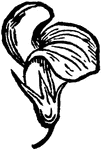
Sainfoin
Sainfion (Hedysarum onobrychis), a hay, is a leguminous plant with many straggling, tapering, smooth,…

Sainfoin
Sainfion (Hedysarum onobrychis), a hay, is a leguminous plant with many straggling, tapering, smooth,…

White Clover
The White Clover ((Trifolium repens) stems are spreading, slender and creeping. The leaves are are inversely…

White Clover
The White Clover ((Trifolium repens) stems are spreading, slender and creeping. The leaves are are inversely…

Pollen Grains
"Pollen grains. a, pumpkin; b, enchanter's nightshade; c, Albuca; d, pink; e, hibiscus." -Bergen, 1896

Redfield's Grass
"Redfield's grass (Redfieldia flexuosa): a, spikelet; b, floret; c, flower." -Department of Agriculture,…

Redtop
This illustration shows a portion of switchgrass. It is a warm-season plant and it is one of the dominany…

Redtop Locusta
"1. Locusta of Agrostis alba; 2. paleae and stamens, &c. of the same." -Lindley, 1853

Giant Reed
"Bamboo-reed (Arundo donax). a, panicle; b, flowering scale, clothed with silky hairs; c, spikelet."…

Restio
It is characterized by one celled anthers opening by a single chink, by two or three styles or branches…

Rice
An annual cereal plant native to India, but now extensively naturalized and cultivated for its seed.

Rice
Rice is a species of grass native to tropical and subtropical southern and southeastern Asia and Africa.…

